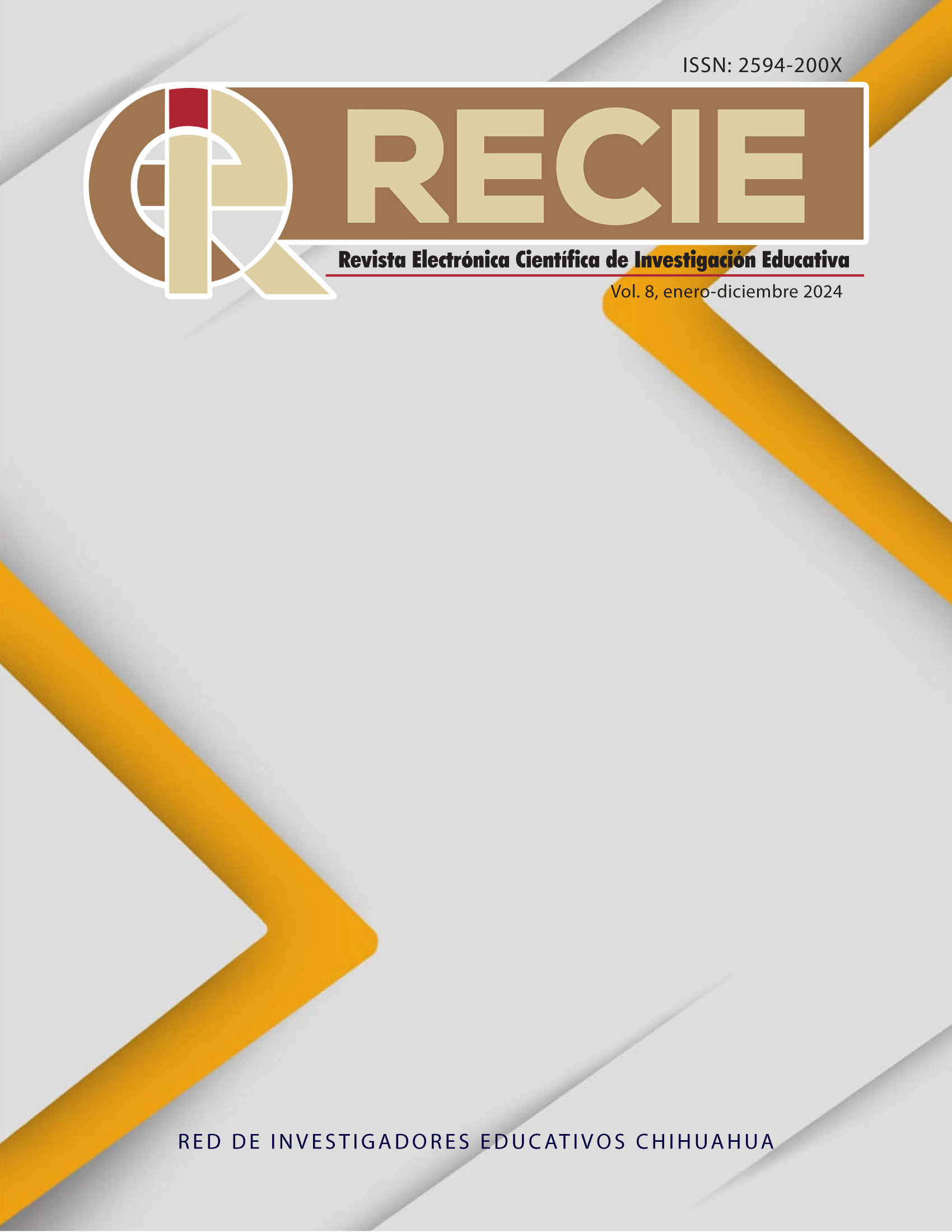Conditions for the development of learning to learn as factors for labor market insertion of Bachelor’s graduates
Published 2024-12-20
Keywords
- Aprender a aprender,
- autoconcepto,
- autorregulación,
- búsqueda de empleo,
- capital cultural
- Learning to learn,
- self-concept,
- self-regulation,
- job search,
- cultural capital
How to Cite
Copyright (c) 2024

This work is licensed under a Creative Commons Attribution-NonCommercial 4.0 International License.
Abstract
The Mexican labor market for professionals faces issues regarding balance, with the supply of professionals exceeding demand, leading to increased competition for available positions. Social origin is a determining factor in the development of the necessary capital for academic performance, meaning that the higher the capital, the better the academic performance, which in turn widens the capital gap and creates unequal conditions for labor market insertion. This paper proposes the need to articulate Bourdieu’s theory of educational fields with Delors’ pillars of education. Through exploratory interviews with textile engineering graduates from a polytechnic university in the state of Morelos, it is demonstrated that those who developed a greater capacity for learning to learn are the ones with better labor market insertion conditions. The study concludes by emphasizing the importance of conducting empirical research guided by theoretical frameworks to uncover the ways in which different forms of capital interact with the pillars of education.
References
- Bourdieu, P. (2001). Las formas del capital: capital económico, capital cultural y capital social. En P. Bourdieu, Poder, derecho y clases sociales (pp. 131-164). Desclée de Brouwer.
- Castillo Fernández, D., Arzate Salgado, J., y Arcos Sánchez, S. (2019). Precariedad laboral y desaliento laboral de jóvenes en México. Siglo XXI.
- Cuahonte Badillo, L. C., y Martínez Moreno, J. d. C. (2010). El aprendizaje grupal como estrategia para favorecer la aplicación de los “cuatro pilares de la educación”. Cinzontle, 3(5-6), 19-24. https://revistas.ujat.mx/index.php/Cinzontle/article/view/2242.
- Delors, J. (1996). La educación encierra un tesoro. UNESCO.
- Figueroa Olvera, M. Y. (2008). Los servicios profesionales en América del Norte. Un análisis de sus resultados y perspectivas a partir del Tratado de Libre Comercio. Contaduría y Administración, (224), 111-136. http://www.cya.unam.mx/index.php/cya/article/view/630
- García Blanco, M., y Cárdenas Sempértegui, E. B. (2018). La inserción laboral en la educación superior. La perspectiva latinoamericana. Educación XXI, 21(2), 323-347. https://doi.org/10.5944/educXX1.16209
- Pelayo Pérez, M. B. (2015). Caracterización de las condiciones laborales de las profesionistas en el Estado de Nayarit. Educateconciencia, 5(6), 20-34. https://doi.org/10.58299/edu.v5i6.325
- Salas Durazo, I. A., y Murillo García, F. (2013). Los profesionistas universitarios y el mercado laboral mexicano: convergencias y asimetrías. Revista de la Educación Superior, 42[1](165), 63-81. https://www.redalyc.org/articulo.oa?id=60428314004
- Sámano Rodríguez, M. Á., y Taboada Ibarra, E. L. (2016). Subasta descendente de empleos. Efecto de la igualdad de acceso a la educación superior en la remuneración a profesionistas. Entreciencias: Diálogos en la Sociedad del Conocimiento, 4(11). https://doi.org/http://dx.doi.org/10.21933/J.EDSC.2016.11.189
- Santillán-Lima, J. C., Caichug-Rivera, D. M., Molina-Granja, F., Lozada-Yanez, R., y Luna-Encalada, W. G. (2021). Estilos de aprendizaje de los estudiantes de ingeniería en tecnologías de la información de la Espoch sede Orellana. Dominio de las Ciencias, 7(4), 2081-2095. https://www.dominiodelasciencias.com/ojs/index.php/es/article/view/2221


